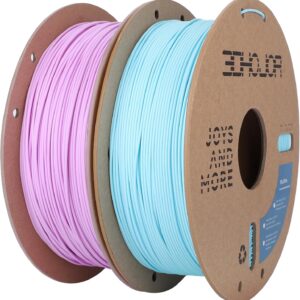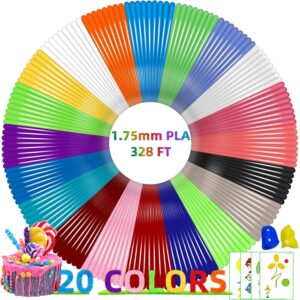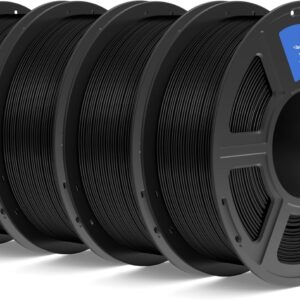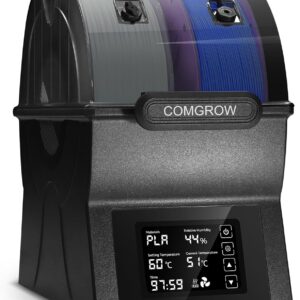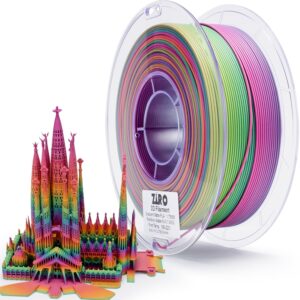Rob Postema, ESA’s technical director, said: “This new 3D printer that prints metal parts represents a world first at a time of growing interest in manufacturing in space.” Polymer-based 3D printers have already been brought to the ISS and used there. It uses plastic material that is heated at the head of the printer and then applied to build up the desired object layer by layer.”
“Metal 3D printing is more technically challenging because it requires much higher temperatures and uses a laser to melt metal. The safety of the crew and the station itself must be guaranteed – but at the same time the maintenance options are very limited. If successful, the strength, conductivity and rigidity of metal would take the potential of 3D printing in space to new levels.”
Once on the International Space Station, ESA astronaut Andreas Mogensen will prepare the metal 3D printer, which weighs around 180 kg, and install it in the European Draw Rack Mark II in ESA’s Columbus module. Once installed, the printer will be controlled and monitored from Earth, allowing printing to occur without Andreas’ supervision.
The metal 3D printer technology demonstrator was developed by an industrial team led by Airbus Defense and Space SAS.
Patrick Crescent, Project Manager at Airbus, said: “This in-orbit demonstration is the result of close collaboration between ESA and Airbus’ small, dynamic engineering team.”
“But this is not just a step into the future; It is a leap in innovation in space exploration. It paves the way for the production of more complex metallic structures in space. This is a decisive advantage for the safe exploration of the Moon and Mars.”
The printer prints with a stainless steel type, which is widely used for medical implants and water treatment due to its good corrosion resistance.
Four interesting shapes were selected to test the performance of the metal 3D printer. These initial objects will be compared to the same shapes printed on the ground, called reference prints, to see how the space environment affects the printing process.
The four prints are all smaller than a soda can, weigh less than 250g per print and take approximately two to four weeks to print. Due to noise regulations on the space station, scheduled printing time is limited to four hours per day – the printer’s fans and motor are relatively loud.
One of ESA’s goals for future development is to create a circular economy in space and recycle materials in orbit to enable better use of resources. One possibility would be to convert parts of old satellites into new tools or structures. The 3D printer would eliminate the need to send a tool up on a rocket and allow astronauts to print the parts they need in orbit
Thomas Rohr, Head of ESA’s Materials and Processes Division, said: “This technology demonstration, demonstrating the processing of metallic materials in microgravity, paves the way for future efforts to produce infrastructure beyond Earth’s boundaries.”

